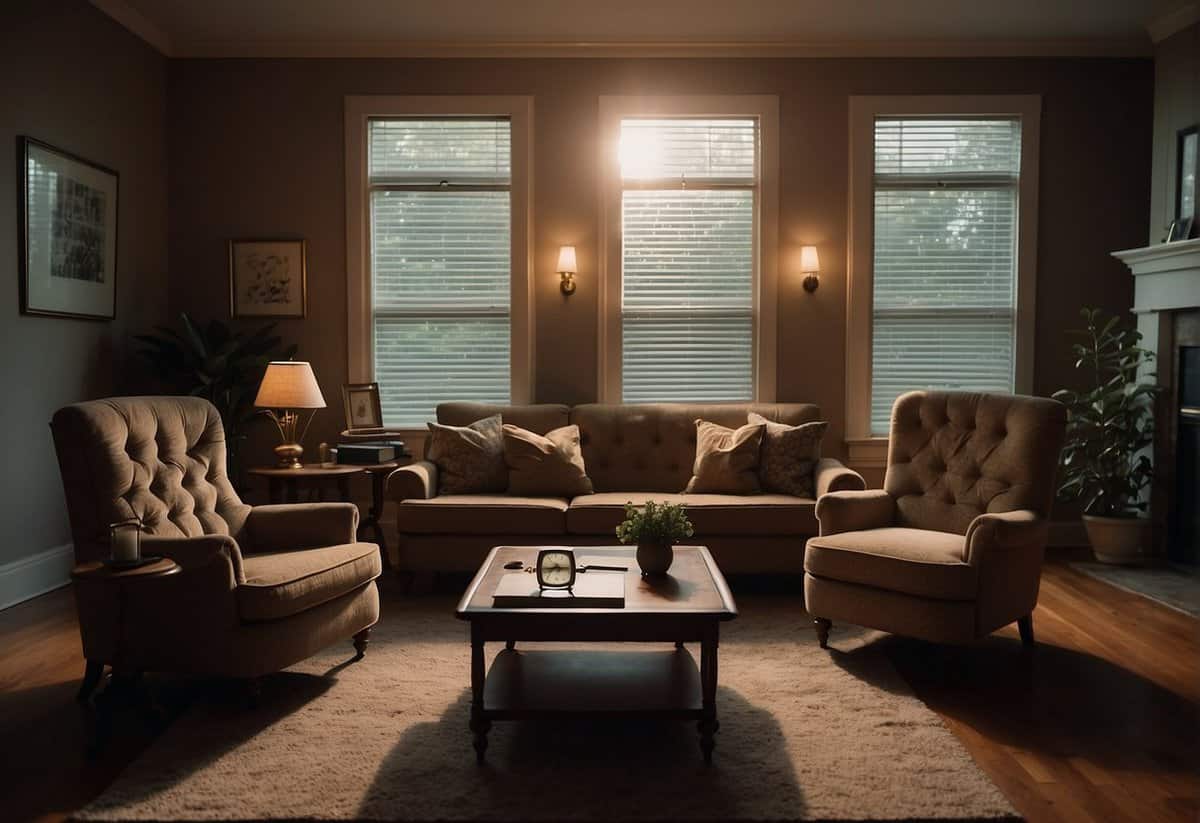Why Do Couples Divorce After 40 Years of Marriage? Unveiling the Late-Life Relationship Shifts
Divorce after 40 years of marriage, often referred to as “gray divorce,” is a phenomenon that may come as a surprise to many. After decades together, you might wonder why couples who have shared the majority of their lives would choose to separate. It’s a complex and multifaceted issue, as the reasons behind such a significant life change are as varied as the individuals involved. Some partners find that, as they age and evolve, their paths diverge and they no longer share the same goals or desires.

Understanding the dynamics that lead to a late-life divorce can be multifaceted. Over the years, changes in social norms and individual expectations have made it more acceptable for older couples to end their marriages if they are unhappy. Empty nest syndrome, retirement, or simply the desire for a new chapter in life, can all act as catalysts for separation. For you, recognizing that long-term partnerships can still encounter insurmountable challenges might alter how you view the sustainability of relationships and the importance of maintaining a connection.
Key Takeaways
- Gray divorce refers to couples divorcing after a significant duration of marriage, typically in their later years.
- The reasons for divorce after long-term marriage can range from personal growth to changing social norms.
- Acknowledging the complexity of late-life divorces can reshape perspectives on maintaining long-term relationships.
Understanding Gray Divorce

When you hear the term “gray divorce,” you might wonder what it signifies. It’s a trend that specifically impacts couples often in their golden years, shedding light on the unique challenges and statistics affecting long marriages that unravel later in life.
Defining Gray Divorce
Gray divorce refers to the phenomenon of separating after 40 years or more of marriage, typically when you or your spouse are age 50 or older. It’s a concept that became more common among baby boomers, leading to its emergence as a significant pattern in marital breakdowns. In such divorces, issues like retirement planning and dividing a lifetime of assets are at the forefront, unlike in divorces among younger couples.
Trends and Statistics
According to the National Center for Family and Marriage Research, the divorce rate for couples over the age of 50 has seen a notable increase. While the overall divorce rate has declined or stabilized, gray divorces have doubled since the 1990s. This means that your chances of facing a divorce after decades of marriage are higher than ever before, with one in four divorces involving an older couple. It’s crucial to understand that while such separations are no longer uncommon, they often carry complex emotional and financial implications as you navigate your post-divorce life during what many consider the golden years.
Common Causes of Late-Life Divorce

When marriages span decades, it is common to falsely assume they are immune to separation, yet various complex issues can lead couples to divorce after 40 years of marriage. Let’s unravel these contributing factors that may lead you and your spouse to reconsider the future together.
Growing Apart Over Time
Over many years, it’s not uncommon for couples to experience changes in their relationship that widen the gap between them. Interests evolve and if communication falters, it may be difficult to find common ground. Loss of marital satisfaction isn’t abrupt; it often creeps in quietly, leading to a significant divide that might be too vast to bridge even with marriage counseling.
Financial Strains and Incompatibility
Financial issues can strain a marriage at any stage, but they become particularly pronounced after a long marriage. Differences in spending habits or views on managing relative wealth may lead to financial stresses and difficulties. As retirement age approaches, these stresses can be exacerbated, highlighting incompatibility that was once overlooked.
Health and Lifestyle Changes
Significant health and lifestyle changes often accompany aging. Chronic illness or varying commitments to health, such as stress management or exercising, can create discord. You may be living longer, but a difference in how you and your partner want to spend these years can be a catalyst for a late-life divorce.
Empty Nest Syndrome
The departure of children from the home can profoundly affect your relationship. The Empty Nest Syndrome often unveils underlying marital issues that were masked by parenting duties. When you face this significant life transition, discovering a new version of your marriage without the common focus on your children can be daunting, leading some couples to part ways.
Mitigating the Impact of Divorce

When facing the reality of divorce after a long marriage, it’s crucial to focus on strategies that minimize the emotional and psychological toll. This includes clear communication and professional guidance to navigate this challenging transition.
Effective Communication Strategies
Start by assessing your role in communication breakdowns and work towards fostering a more constructive dialogue. Here are a few tips to enhance communication:
- Listen Actively: Give your full attention and let your partner know they are heard.
- Express Clearly: Use “I” statements to convey your feelings without placing blame.
- Avoid Criticism: Focus on the issue at hand rather than personal attacks.
Lack of communication can exacerbate the stress of a divorce. By implementing these strategies, you create a foundation for positive outcomes for all parties involved.
Seeking Professional Help
Consider seeking help from a marriage counselor or psychologist to cope with the changes divorce brings. This guidance can lead to self-fulfillment beyond the scope of your marriage. Here’s how experts can aid in this process:
- Objective Insight: Professionals provide an unbiased perspective on issues at play.
- Coping Mechanisms: Learn strategies to handle emotions and rebuild your sense of self.
It’s never too late to seek support; doing so can profoundly affect your well-being and future happiness.
Frequently Asked Questions

In this section, you’ll find answers to common queries about the dynamics of divorce after many years of marriage.
What are common reasons for couples divorcing after decades together?
Divorce after decades of marriage can stem from growing apart over time, a realization of incompatibility, or a desire for personal growth. The betrayal of trust such as infidelity is also a frequent catalyst.
How do individuals cope with divorce later in life?
Later in life, individuals often cope with divorce by seeking support from friends, family, and professionals. They may also engage in new hobbies, focus on self-discovery, or pursue interests that were previously on hold.
What is the impact of long-term marriage on divorce settlements?
Divorce settlements after a long-term marriage may result in significant financial changes, with considerations for alimony, retirement benefits, and division of assets. The duration of marriage can greatly influence these settlements.
Are there unique challenges for women starting over after a long-term marriage ends?
Women face unique challenges post-divorce, such as financial insecurity, especially if they’ve been out of the workforce. They may also confront societal perceptions and the daunting task of building a new independent life.
What are some alternatives to divorce for couples who have been married for 40 years or more?
Some couples opt for alternatives such as legal separation, marriage counseling, or mediation to address their marital issues without divorce, allowing for personal space while maintaining legal marriage status.
How does the prevalence of divorce after long-term marriages compare to earlier years?
Statistics indicate that while divorce rates are generally higher in earlier years of marriage, there’s an increasing trend of divorces among those over 50, known as ‘gray divorce’, which reflects changing societal norms and life expectancies.



